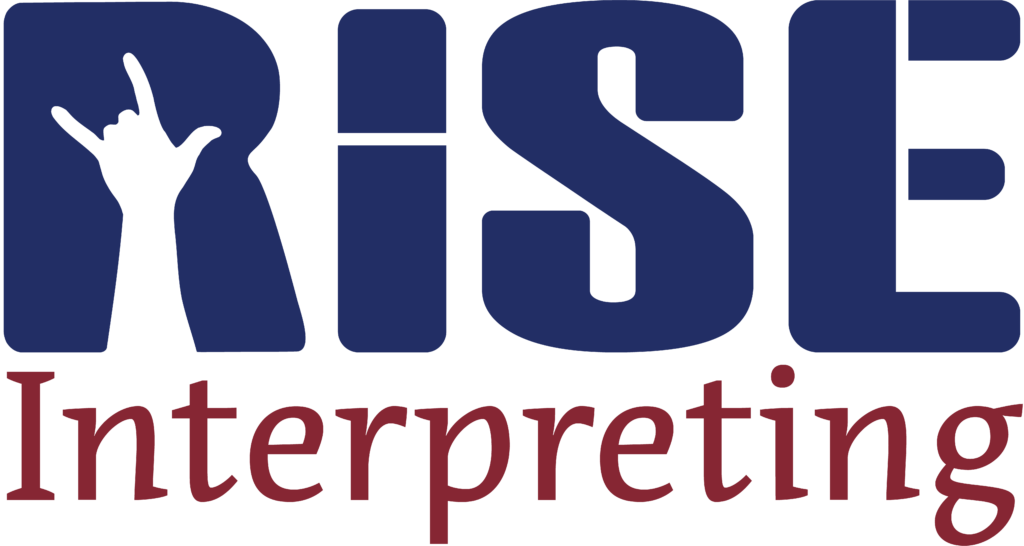Sixty-one million adults in the US are disabled. This is 26%, or roughly one in four people. The Americans with Disabilities Act is legislation that requires businesses to be accessible for customers and employees. However, even without this act, it just makes business sense to take the right steps to make your business accessible for people that are disabled.
If you don’t, you could potentially be excluding a fourth of American adults or making it more difficult for them to use your business. Whether you have a brick-and-mortar location or you operate online, there are things that you can do to make your business accessible for customers, staff, and visitors.
The Department of Justice (Civil Rights Division) first published title II and title III regulations of the ADA in 1991. It states that all business owners should be aware of the ADA and what it requires of their business.
Title I compliance is necessary for businesses employing fifteen or more employees every day, while title III compliance applies to public-facing businesses, prohibiting them from discriminating against employees.
Compliance with the ADA ensures your business avoids legal trouble, and also helps you to serve your community. There are many things that you can do to comply with the ADA, including the following:
1. Hire an ASL Interpreter
When your business works with people who are D/deaf or hard of hearing (HoH), whether as employees, customers, or suppliers, there are various accommodations that might be useful for them. For people who use American Sign Language (ASL), an interpreter can be helpful.
You may not need to have an ASL interpreter around full-time, but having one on-call can be useful for a number of different types of businesses. They might appear in person, or they might be able to provide interpretation through a video link.
Other accommodations can be helpful for D/deaf or HoH people too. For example, some businesses have a telecoil loop that provides information straight to people’s hearing aids. It can also be helpful to provide written communication methods.
2. Add Ramps
Making your business navigable for people who use wheelchairs or other mobility aids is another way to ensure your business is ADA compliant. One way to do this is by installing ramps in locations where there are steps or level changes. This allows access to wheelchair users or anyone else who might find stairs difficult.
It is also useful to ensure other parts of your business are easy to navigate. This could involve having wider aisles and removing obstacles. Consider how to accommodate not just those using mobility aids, but also blind and partially-sighted people.
They may use a cane or have a service dog and can appreciate having more space to move around, in addition to non-visual clues to their surroundings.
3. Train Your Staff
Something that many businesses forget about when considering ADA compliance is their staff training. While the physical accessibility of your business is important, your staff also need to know how to communicate and work with disabled people.
Do your staff know how to help a blind person around your store? Do they know which questions they are allowed to ask someone with a service dog? It’s essential that your employees can treat all customers with compassion and understanding. Your disabled customers deserve to be treated with dignity, just like anyone else.
4. Make Your Website Accessible
It’s not just offline where you can consider how to make your business accessible. Your online business presence can also be made more accessible to a range of people. For example, you can help blind and visually impaired people who use screen readers to navigate your website.
One way to do this is by including descriptive “alt text” on important images that provide context on your site’s pages. If you have videos or audio on your site, you should provide captions or transcripts so that people with hearing or auditory processing issues can still engage.
There are ways to make adjustments to your website to accommodate a range of needs, from autism to anxiety.
Making your business completely ADA compliant can be difficult. There are some key issues that you can think about, such as how to accommodate people with mobility issues, blind people, and D/deaf people.
However, covering everything isn’t easy when there can be many concerns to take into account. Try reaching out to local businesses that offer accessibility services to help you meet the needs of your customers and employees.


